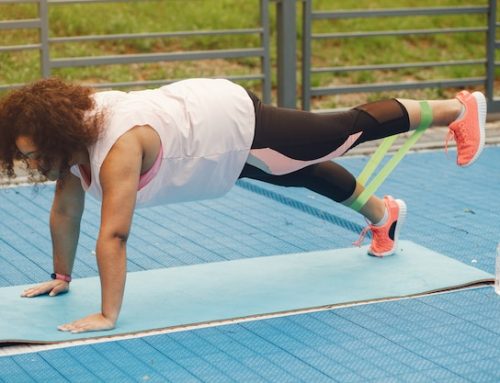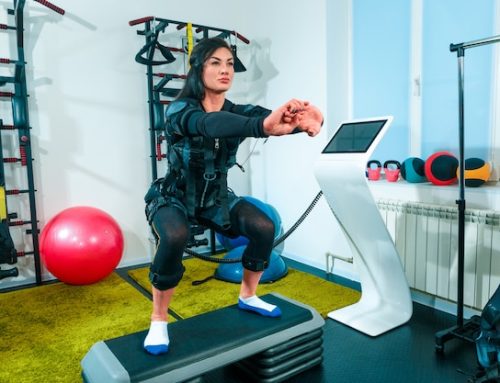The Difference Between Cardio and High-Intensity Interval Training (HIIT)
When it comes to exercise, many people often confuse the terms “cardio” and “HIIT” or even use them interchangeably. While they are similar in some ways, they are not the same thing.
What is Cardio?
Cardio, short for cardiovascular exercise, refers to any activity that gets your heart rate up and increases blood circulation throughout the body. The goal of cardio is to elevate your heart rate and sustain that level of intensity for an extended period, typically 30 minutes or more. Examples of cardio exercises include running, cycling, swimming, and brisk walking. Cardio is great for improving cardiovascular health, managing weight, and reducing the risk of chronic diseases such as heart disease, diabetes, and stroke.
What is High-Intensity Interval Training (HIIT)?
HIIT, on the other hand, is a type of cardio that involves short bursts of high-intensity exercise followed by periods of rest or low-intensity exercise. The idea behind HIIT is to push your body to its limits for short intervals, typically 30-60 seconds, and then recover during the rest periods. HIIT can be performed using a variety of exercises, including bodyweight exercises, sprinting, cycling and rowing. The benefits of HIIT include improved cardiovascular health, increased endurance, and fat loss.
How are Cardio and HIIT Different?
The primary difference between cardio and HIIT is the intensity and duration of the exercise. Cardio involves working at a moderate intensity for an extended period, typically 30 minutes or more. HIIT, on the other hand, involves working at a high intensity for short periods, typically 30-60 seconds, followed by periods of rest or low-intensity exercise.
Another difference between cardio and HIIT is the effect they have on the body. Cardio is great for improving cardiovascular health and endurance, while HIIT is more effective for fat loss and improving strength and power. HIIT also requires less time than traditional cardio workouts; a typical HIIT workout can last as little as 15-20 minutes, making it ideal for individuals with busy schedules.
Which One Should You Do?
The answer is both! Both cardio and HIIT have their benefits and can be incorporated into your fitness routine to reap the maximum benefits. Choosing which one to do depends on your fitness goals and personal preferences. If you want to improve cardiovascular health, build endurance, and manage weight, traditional cardio is a great choice. If you want to increase strength, power, and lose fat, HIIT is a better option.
How to Get Started with HIIT?
Before starting any new exercise program, it’s essential to consult with your doctor, especially if you have any underlying health conditions. Once you get the green light, start by incorporating HIIT one to two times a week into your fitness routine. Begin with a simple workout and gradually increase the intensity and duration as your fitness improves.
An example of a beginner HIIT workout:
| Exercise | Time |
|---|---|
| Jumping jacks | 30 seconds |
| Push-ups | 30 seconds |
| Mountain climbers | 30 seconds |
| Rest | 30 seconds |
Repeat the circuit 3-4 times, gradually increasing the intensity of each exercise as you progress.
Conclusion
In conclusion, cardio and HIIT are not the same thing, but both have their benefits and can be incorporated into your fitness routine to achieve your fitness goals. Whether you want to improve cardiovascular health, build endurance, strength, power or lose fat, incorporating HIIT into your fitness routine can help you achieve your health and fitness goals in less time than traditional cardio. Remember, it’s essential to start slowly and gradually increase the intensity and duration of your HIIT workout as your fitness level improves.






